Optimal Timing for Thermostat Repairs
Timely thermostat repairs are essential to maintaining optimal heating and cooling performance. The best time to address thermostat issues is during seasonal transitions, such as early spring and late fall, when systems are being prepared for increased usage. Addressing repairs before peak usage periods can prevent discomfort and energy inefficiency.
Preparing thermostats for the warmer months ensures proper functioning and energy savings during peak cooling seasons.
Ensuring thermostats operate correctly before cold weather begins helps maintain consistent heating.
Addressing issues after heavy use can prevent future breakdowns and extend device lifespan.
Immediate repairs are necessary if the thermostat displays errors or inconsistent temperatures.
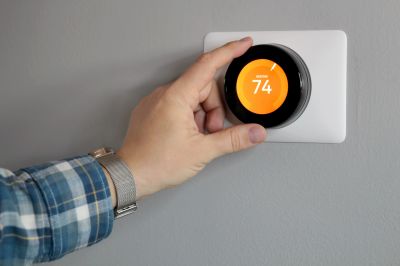
Technician working on thermostat repair.
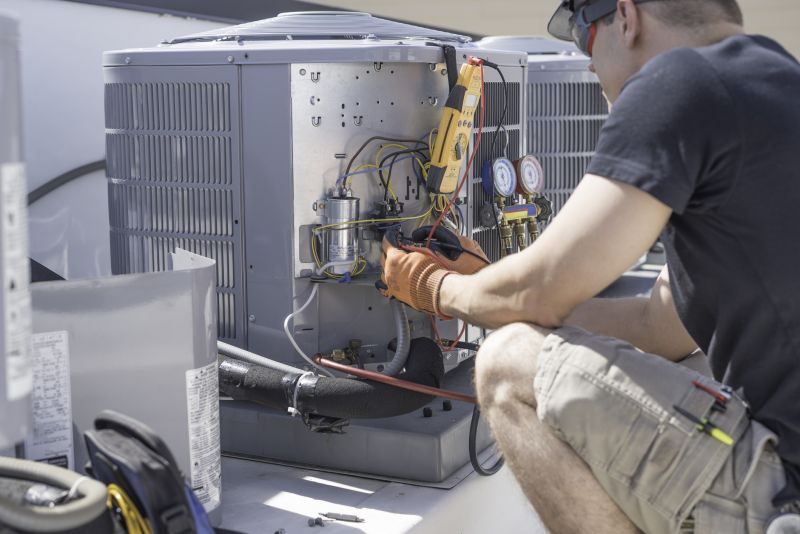
Close-up of technician testing thermostat wiring.
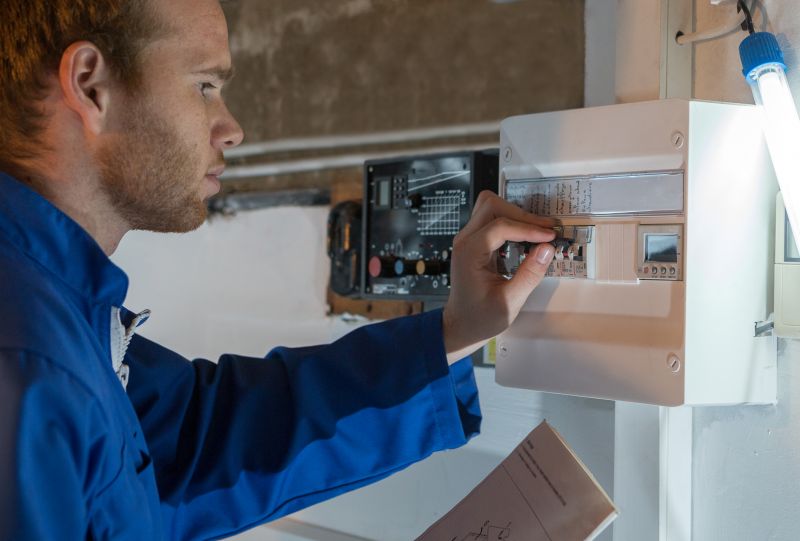
Technician installing new thermostat parts.
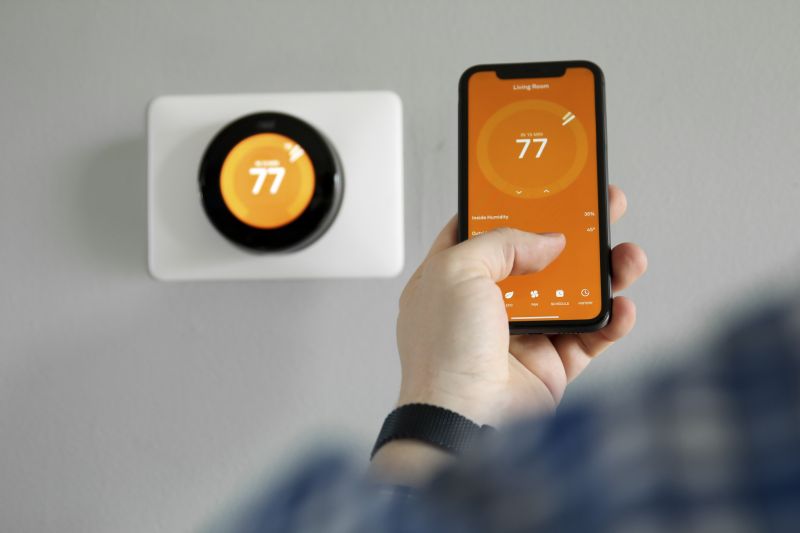
Modern smart thermostat setup.
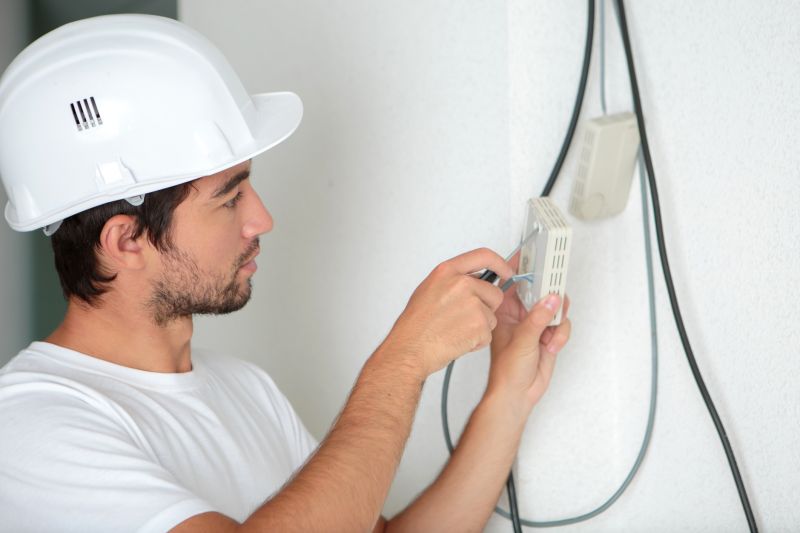
Identifying wiring issues during repair.
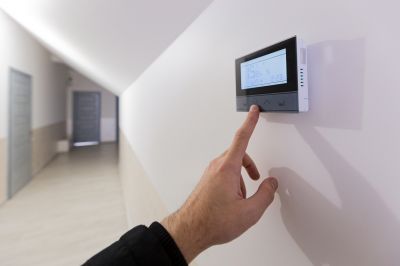
Ensuring proper calibration post-repair.
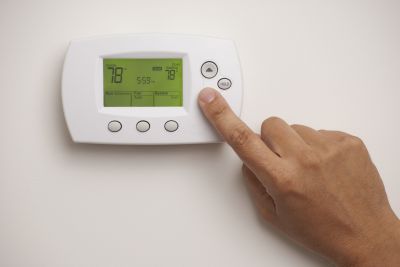
Removing outdated thermostat units.
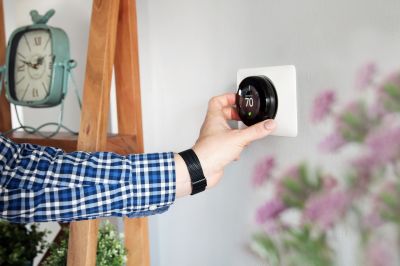
Configuring a new thermostat system.
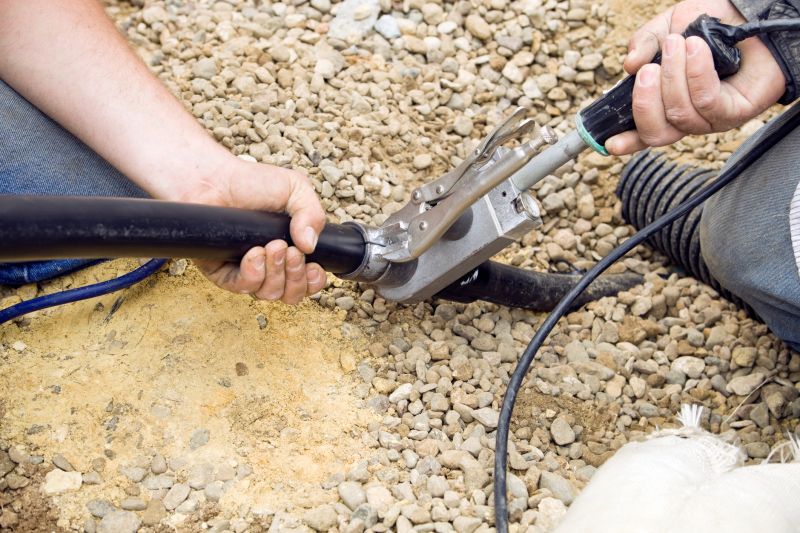
Tools used for precise repairs.
| Timing Consideration | Details |
|---|---|
| Seasonal Transition | Ideal for preventive maintenance before extreme weather. |
| System Malfunction | Immediate repair needed if temperature control is inconsistent. |
| Energy Efficiency Goals | Repair to optimize system performance and reduce energy costs. |
| Post-Heavy Use | Address repairs after periods of heavy system usage. |
| Upcoming Upgrades | Repair existing thermostats before installing new systems. |
| Scheduled Maintenance | Part of routine HVAC check-ups. |
| Before System Replacement | Assess and repair to inform upgrade decisions. |
| Troubleshooting Persistent Issues | When troubleshooting ongoing thermostat problems. |
Thermostat repairs play a critical role in maintaining indoor comfort and energy efficiency. Faulty thermostats can lead to uneven heating or cooling, increased energy bills, and system wear. Statistics indicate that improper thermostat operation accounts for a significant portion of HVAC inefficiencies, emphasizing the importance of timely repairs. Modern thermostats with smart features can provide better control and energy savings when properly maintained.
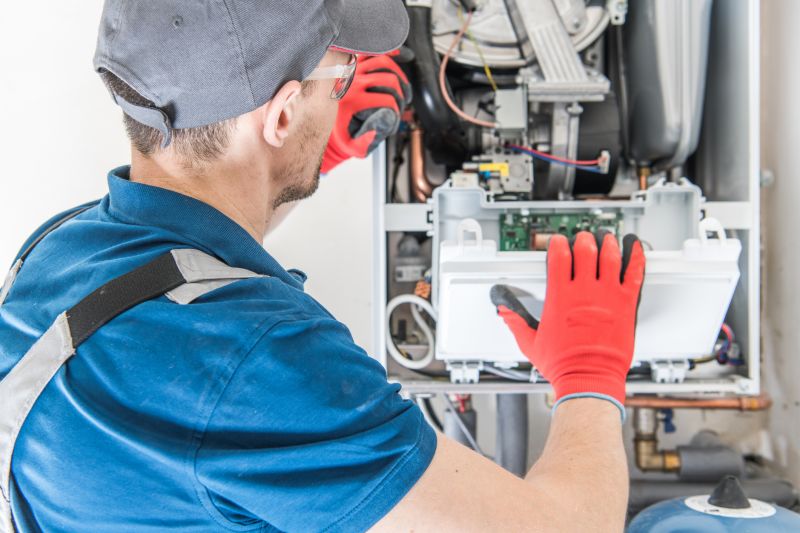
Professional repairing a thermostat.

Adjusting settings for optimal performance.
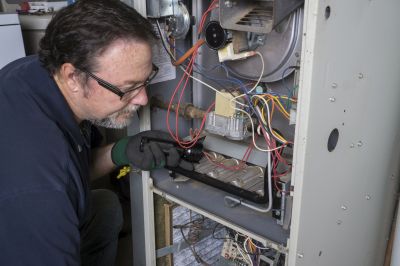
Checking connections during repair.
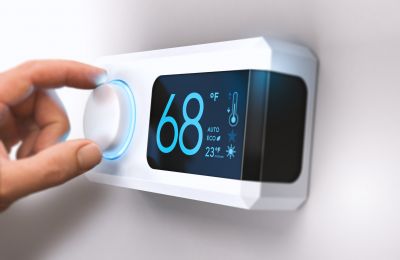
Installing a new device.
Timely thermostat repairs ensure consistent indoor temperatures, improve energy efficiency, and extend the lifespan of HVAC systems. Addressing issues promptly can prevent costly breakdowns and maintain comfort throughout the year. Regular inspections and maintenance contribute to optimal system performance and can identify potential problems before they escalate.
For those interested in scheduling thermostat repairs or learning more about maintenance options, filling out the contact form can provide tailored assistance and expert guidance.
